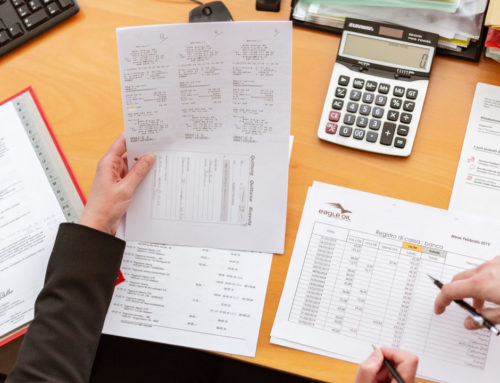System Integration: Automating Retail Merchandising for Maximum Efficiency
In retail, your merchandising team sets you apart from the competition. Buyers and Planners craft compelling assortments while keeping their open-to-buy (OTB) in check. They spot fashion trends, negotiate with vendors, and ensure products arrive on budget and on time. But without effective system integration, their expertise gets bogged down by manual inefficiencies, preventing them from making strategic decisions.
Eliminating Manual Bottlenecks
The Merchandising team drives fashion retail, but outdated, manual processes waste their time and talents. Buyers and Planners chase down historical sales and forecast data manually. They wait for spreadsheets to process numbers for OTB reviews. Planners enter data for management roll-ups, Buyers spend hours creating storyboards, and Assistant Buyers transcribe data from buy plans to initiate purchase orders.
These inefficiencies steal hours of productivity each week, causing frustration and limiting effectiveness. Without system integration, your team spends more time on repetitive tasks than on strategic decision-making and business growth.
If your buyers are drowning in manual work, it’s time to integrate your systems and streamline merchandising operations. Here are seven key areas where integration can drive automation and efficiency:
- Instant Access to Sales Data
Stop forcing buyers to switch applications or wait for emailed reports. Integrated systems deliver real-time sales data directly within buy plans, enabling immediate access without extra steps. - Automated Buy Tailoring
Manually calculating store-specific purchase quantities is inefficient and error-prone. Integrated systems let buyers tailor assortments to store clusters instantly, eliminating guesswork and saving time. - Real-Time Management Roll-Ups
Manually compiling buy plan data for management is slow and unreliable. System integration automates roll-ups, providing leadership with real-time insights while freeing buyers from tedious data entry. - Seamless Purchase Order Generation
Manual purchase order entry wastes time and leads to costly errors. Integrated systems generate purchase orders directly from buy plans, ensuring accuracy and significantly reducing processing time. - Dynamic Trend boards
Merchandising teams shouldn’t have to wait for weekly meetings to visualize assortments. Integrated solutions provide instant, digital storyboards that showcase assortments across store clusters in real-time. - Automated Product Mix Analysis
Balancing colors, fabrics, and styles is crucial for a strong assortment. Integrated systems provide real-time insights into product mix attributes, helping buyers make data-driven decisions instantly.
Research shows that automating retail systems through integration boosts buyer productivity by 25%—equivalent to reclaiming an entire week each month previously lost to data entry and information retrieval.
Overburdened buyers can’t make high-impact, strategic decisions. By implementing system integration, retailers empower their merchandising teams to focus on what truly matters—building the perfect assortment, negotiating better vendor deals, and driving business success.
Don’t let disconnected systems slow your team down. Adopt system integration to automate key merchandising tasks, boost efficiency, and improve profitability.




















